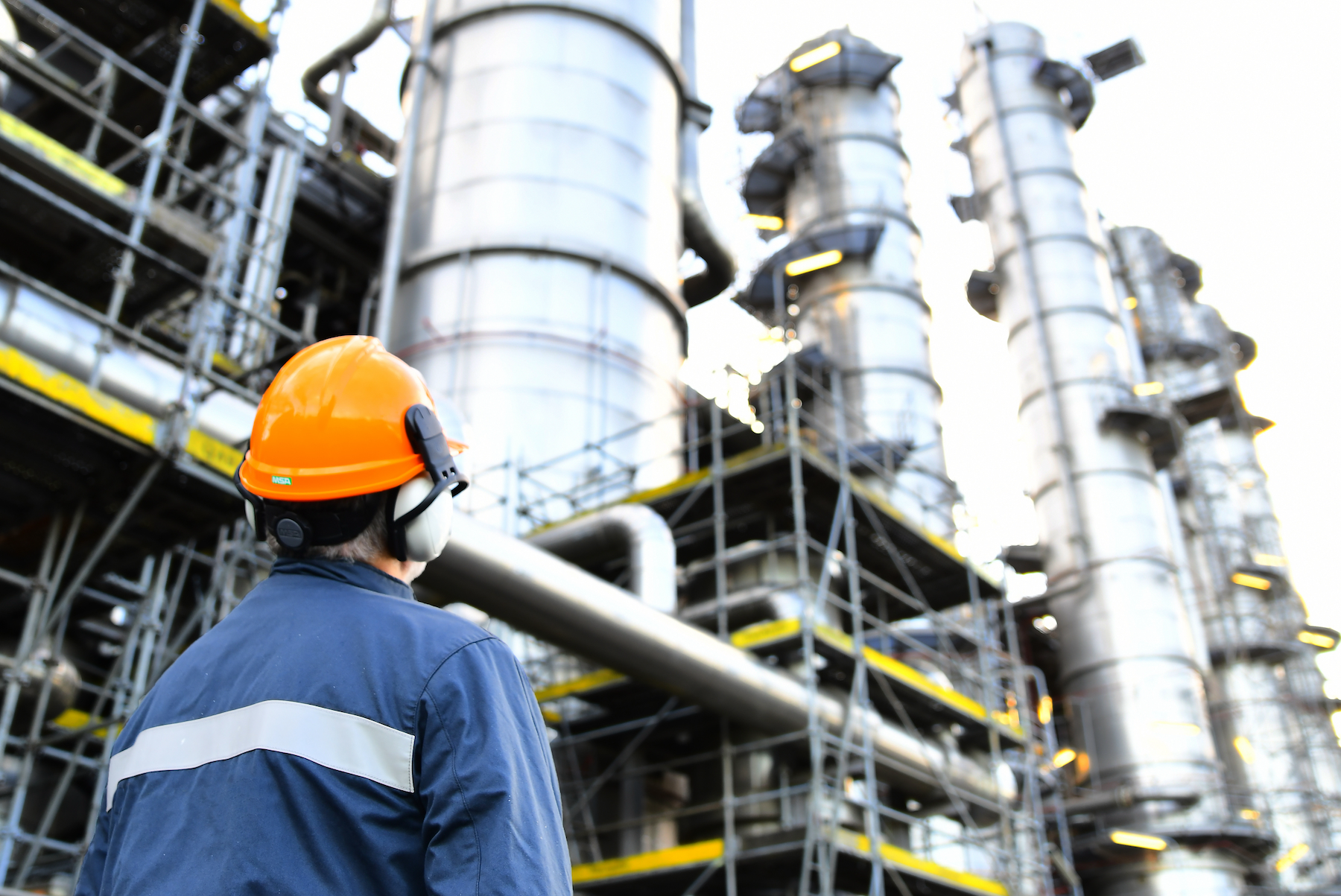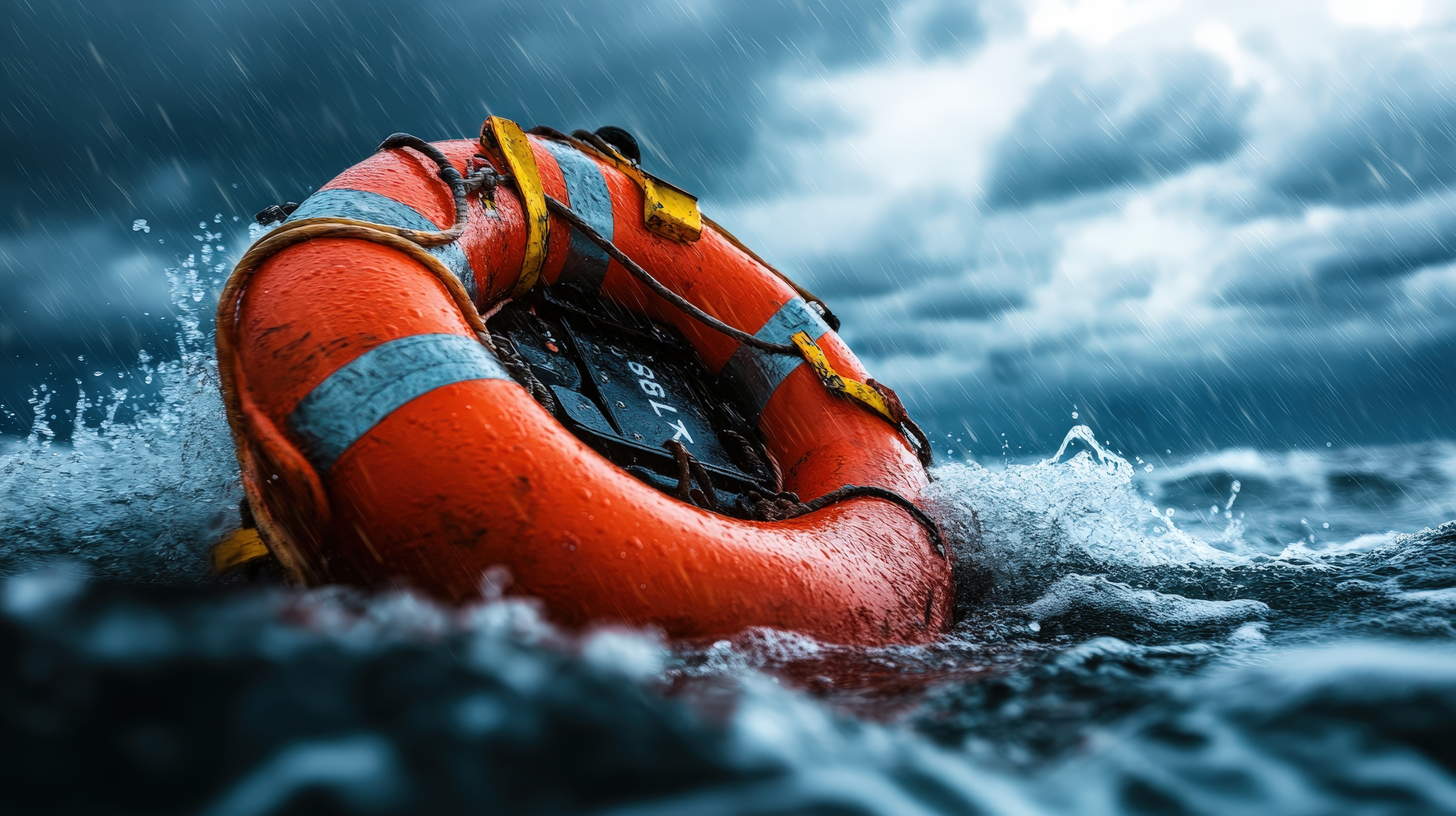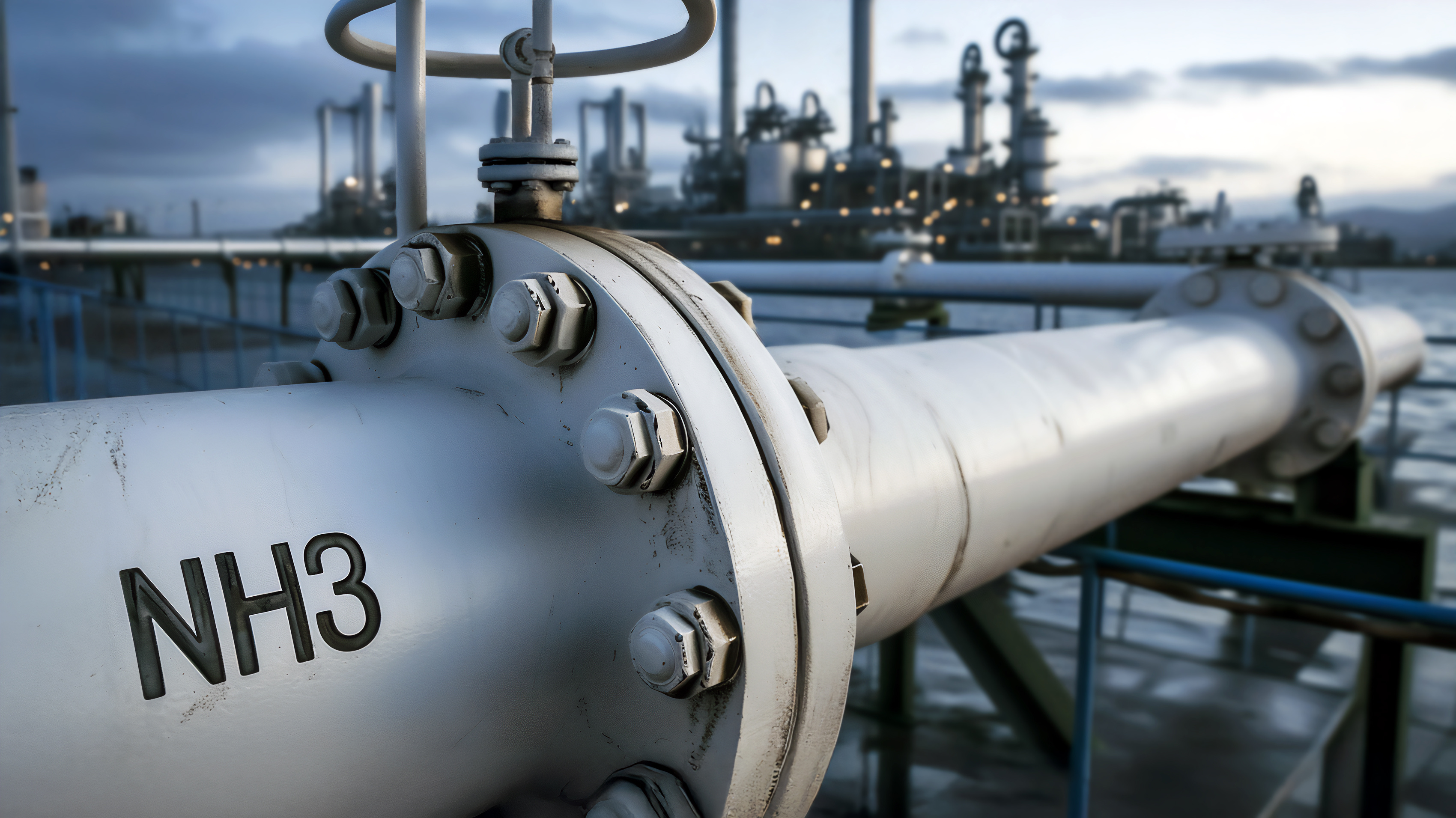
Following a recent UK Club webinar on Biofuels there were many questions raised, these have been conflated for the easy use of Members and the wider Shipping Industry.
Panellists:
- Chris Turner, Manager, Bunker Quality and Claims, Integr8 Fuels
- Remco de Witte, Application Manager, Alfa Laval
- Christos Chryssakis, Business Development Manager, DNV – Maritime
- Oyvind Sekkesaeter, Consultant in the environmental section of Maritime Advisory, DNV
Moderator:
- Ansuman Ghosh, Director of Risk Assessment, UK P&I Club
This webinar, held on 6 May 2021, covered the current regulatory status of biofuels for use on ships, the on-board handling challenges, and an overview of various types of biofuels under consideration. It was attended in great numbers and generated many queries, followed by an exciting debate by the panellists. The panellists also discussed what the industry needs to do to ensure wider uptake of biofuels, speaking about fuel specifications, supply and demand issues, on-board fuel management, regulatory framework, and government policies.
As part of the webinar, attendees were encouraged to ask questions during the webinar itself or submit these to us for response. Our panellists have reviewed the questions posed and their responses can be read below. These largely fell into four categories:
- Types and manufacture of biofuels
- Quality, characteristics, and specifications
- Handling and usage
- Headwinds to growth, including regulatory considerations.
For your ease of reference, we have separated the questions and answers into these categories.
A. Types and manufacture of biofuels
1. How does the supply of large quantities of biofuels with lower lignin–carbohydrate complexes (LCC) compare against the supply of conventional fuels?
Many literature sources reveal there is a significant potential supply of sustainable biomass for biofuel-production, coming from different sources. However, to expand production over today's volumes, more expensive sources of biomass will need to be utilised, which will increase costs.
2. Which countries of the world produce the most Hydrotreated Vegetable Oil (HVO) or Fatty Acid Methyl Esters (FAME) available on the market?
Generally, the USA and Brazil are the two single largest producers of biofuels (mostly ethanol and FAME). The EU also has a significant production of HVO.
3. What is the total carbon footprint upstream and downstream with respect to conventional fuel (weight per weight)?
The answer to this would be dependent on the feedstock.
4. Are there any design features from Alfa Laval which are FAME compliant?
All of Alfa Laval's designs are FAME compliant. Alfa Laval carries out constant testing to ensure that this is so.
5. Does the panel view biomethane, derived from our waste, a viable marine fuel of the future, in terms of logistics and volumes? If viable, would this have a realistic chance of progressing a carbon neutral shipping of the future?
Bio-LNG has the potential to be a carbon-neutral drop-in fuel for liquified natural gas (LNG)-fuelled vessels, and this makes it a future fuel of great interest for shipping.
6. What materials are mainly used to produce biofuels? How many different types of biofuels are there at present?
There are many different feedstocks used for biofuel-production today. By volume, however, ethanol, FAME, and HVO are by far the three most common biofuels.
7. What is the basic raw material for biofuel?
The type of biomass is dependent on the biofuel-product.
8. Whilst biofuels certainly help to reduce harmful emissions from ships’ engines, what environmental cost is there in producing and manufacturing these?
The key here is the choice of feedstock used for biofuel production. Some biofuels, produced from feedstock such as food crops or energy crops, have moderate lifecycle GHG emission savings relative to fossil fuels, or no savings at all. Other feedstocks, such as wood residuals and waste sources, can be used to produce biofuels with very low lifecycle GHG emissions.
9.
a. What is the environmental impact of biofuels during the production process?
b. What is the impact of biofuels on food security?
Please refer to Question 8. Some feedstocks used for production of conventional biofuels can also be used for food-production, and thus will have an impact on food security. However, advanced biofuels are produced from feedstock which is not used for food production, and will therefore have no – or low – impact on food-security.
10. How are biofuels produced?
This is dependent on the biofuel product and the feedstock used.
B. Quality, characteristics, and specifications
11. What is the effect of biofuel with respect to engine cylinder and fuel injection pump lubrication?
Please refer to the relevant letters and papers produced by the engine manufacturers.
12. Why does palm oil-based biofuel have high lifecycle greenhouse gas (GHG) emission?
This high emission is due to the high indirect land-usage change associated with the production of palm oil.
13. Could you comment on the picture on the cold flow slide, which is wax from gas oil in a bunker tank and is seemingly unrelated to FAME or biofuels?
FAME distilled blends also contain cold flow properties. We apologise for not using a more accurate picture, however, the point was that this can happen in a distilled tank. Some FAMEs have very poor cold flow properties, possibly much worse than MGO. HVO, on the other hand, have excellent cold flow properties.
14. Do NOx emissions outweigh the benefits of lower carbon emissions from biofuels?
NOx emissions are likely to be not much higher than for conventional fuels, and, in some cases, they have been reported to be lower. More research is needed to fully understand the NOx emissions arising from using liquid biofuels.
15. Question for Integr8: which ports currently offer biofuel or biofuel blends for ships?
At the present time, mainly hub ports, for example Fujairah, Singapore and the Antwerp-Rotterdam area. However, these may be contracted and therefore not always available.
16. What percentage of the international marine fleet is already using biofuels (as of 2021)?
Use of biofuels in marine shipping is currently mostly restricted to trials, therefore a low number is expected.
17. What type of biofuel manufacturing is most feasible for scale-up for increased supply to the maritime industry? What are the ISO standards for biofuel quality? What are the new ISO standards for the new mass-manufacturing process for biofuels?
At the present time, there are no ISO standards for biofuel onboard ships. Discussions regarding these are ongoing.
C. Handling and Usage
18. Do we still need separation and purification onboard? What is the separation temperature?
Yes, we do. The separation temperature will be determined based on the analysis report, which is the same as for VLSFO. The difficulty you may experience will be managing the temperature, so it is neither too cold (cold flow properties) nor too warm (aging of the fuel and too low viscosity for the engine). This level will be different for every individual fuel, which will add to the difficulty.
It is also worth noting that VLSFO may still have Al/Si /water present, therefore purification remains essential.
19. Can we use biofuel to produce electricity and then generate hydrogen for propulsion?
A hybrid solution is a possibility in the future, but once you have hydrogen onboard it can be used in multiple ways. Biofuels might also be used as a pilot fuel for dual fuel engines.
20. Is biofuel compatible with low sulphur fuel oil?
Yes, but as mentioned during the webinar, the mix should be offered from a bunker supplier. Do not mix onboard!
21. Does Alfa Laval have any "turnkey" solutions for using FAME/HVO onboard?
Use the equipment as you have today. Please feel free to contact your Alfa Laval representative and refer to this webinar.
22. Can we conclude that biofuel trials using FAME on the low-speed engines used on big vessels has been successful?
Yes.
23. Are biofuels a "drop in" fuel? It appears that renewables, e.g. HVO, are, but that biofuels are not. Could you confirm?
The blending should happen ashore, and a ship should be offered a stable blend. The drop in fuel means that the biofuel can be used in an existing installation, and that it is true and tested. It may be that HVO will be more of a drop in, and FAME will likely be limited by NOx.
24. There are recommendations for the usage of FAME and FAME-type fuels. MAN Energy Solutions two-stroke have such guidelines.
This information is correct.
25. Are MAN Energy Solutions giving advice on FAME usage above 7% for two stroke engines?
This is correct.
26. Can we prepare B20 biodiesel onboard the ship from B100 biodiesel (FAME)? Would this be carried out by mixing it with MGO?
No. We absolutely do not suggest mixing onboard. Instead, you should buy a blended product. Considering the difficulties that blending experts encounter in achieving the correct result, this is absolutely not something that should be attempted onboard.
27. Can B100 biodiesel be used directly on existing marine propulsion IC engines?
Trials for this are ongoing.
28. Can B100 biodiesel be blended with HFO (residual fuels) onboard ships? If yes, what would the mixing ratios be?
No. Do not mix onboard. Instead, buy a blended product. Considering the difficulties blending experts have in getting it right, this is not something that should even be attempted onboard.
29. If the ship is on a long anchorage, can we circulate fuel tank to tank to avoid waxing?
It is recommended to keep the temperature in the tank above the waxing point. If this is not possible, circulate using a purifier, if this has a heater. Again, depending on storage time and temperature the fuel might age.
30. I am interested in the co-mingling of fuels, especially regarding: their change-over mode; their long-term stability in storage; water/condensation ingress to bunker storage; viscosity index; and the requirement for dedicated bunkering hoses. Please can you provide more information?
These topics were addressed during the webinar: please refer to the Alfa Laval whitepaper on biofuels1.
31. What is the shelf life of biofuels when stored on ships bunker tanks, and how is it possible to extend the shelf or storage life of biofuels?
Use the biofuel as soon as possible. We recommend that you dewater the tanks, including the bunker tanks, as water contributes to bacterial growth.
32. Are there additives available for use with Biofuels?
These are not typically recommended since the effect can be unpredictable. Antioxidants and middle distillate flow improvers could be an option, but these would not be recommended to be blended on board routinely. You may be able to add into tanks initially and load on top.
D. Headwinds to growth, including regulatory considerations.
33. We are heading towards artificial intelligence (AI) controlled ships, but the biofuels present so many on-site challenges, e.g. mechanical and pre-engine treatment that require an increased human presence, and additional man hours. How will shippers accept the combined increase in costs while trying to reduce manning schemes and simplify ship design to cut costs?
The shipping industry is not a uniform entity. If fully automated ships are a choice, maybe biofuel is not the best solution, however, a shipowner then must accept that the rest of the installation with another alternative fuel will also be more expensive, as well as the cost of that fuel itself.
34. What will be the process for implementing biofuels in old vessels? When low sulphur was introduced in 2020 the installation was difficult, but biofuels are a completely different entity. This question is specifically from a technical point of view.
I disagree on that statement. The step moving from HSFO to VLSFO – properly – is the same as
from VLSFO to Biofuel. Being prepared is the key.
35. The cost of marine gas oil (MGO) is higher than heavy fuel oil (HFO). How expensive will biofuels be? Will these fuels be affordable to companies? In the present scenario, how long will it take for biofuels to be part of picture?
Legislation will force this step.
36. The increased testing, additional technology, training, and monitoring that will come with the move to biofuels will be extensive. How can crews be expected to manage this increase within the shipping industry?
There is no doubt that the use of alternative fuels, including biofuels (which are the first step), require a lot more from the shipping industry. There is no option, however, since legislation will force everybody to take action.
37. What is the assessment of food-security versus biofuels?
Impact on food-security can be mitigated by using biofuels produced from non-food feedstocks (i.e. advanced).
38. Will biofuel replace distillate fuel by 2030?
We believe this is not likely. A significant number of ships may, however, use blends consisting of biofuels and fossil fuels to comply with IMO's short-term GHG measures.
Panellist two: Not in my opinion, but it may well account for a significant proportion of it.
39. Biofuels in general have a chequered approval-level by the environmentalist community, often being viewed as the band-aid and not the solution. Net eco-benefit is often questionable, and by 2030, other alternatives might be present. Can you address this?
Biofuels can be created from a wide range of feedstocks and accordingly, lifecycle GHG emissions can vary extensively. Advanced biofuels made from different waste sources have the potential to achieve significant GHG lifecycle emission reduction.
40. What Carbon Factor is expected to be used by the International Maritime Organization (IMO) or European Union? What mix is required to achieve reduction targets? Will all biofuels be treated the same? Field to wake CO2 may result in a net increase. Is there a risk to switch between different biofuels and/or low sulphur fuel oil (LSFO)?
We feel it is too soon to say. It is, however, expected that advanced biofuels will be credited with significant GHG reduction savings.
41. Can biofuels only be used in newly built vessels? Old vessels may not be designed for biofuels, and cost-wise it may be expensive for companies to carry out drastic changes in drydock on older vessels. Please confirm.
The changes required would not be more tough than the change to VLSFO. You may need to verify equipment components, and some upgrade might be necessary, but no new equipment installation should be necessary.
42.
a. Getting permission from engine makers, class and flag states makes it difficult to enable the trial of biofuels. How can the industry support ship owners in making these more easily accessible?
b. The price of biofuel is very high, and we feel it is not viable commercially without a subsidy. What is your view?
The industry can help to incentivise the uptake of biofuels, as well as remove regulatory barriers. On the regulatory side, IMO rules development on lifecycle GHG emission factors and change of NOx regulations to make it easier to use biofuels on existing ships would help. Short-term decarbonisation measures are likely to be adopted by the IMO in June, and a push from banks and cargo-owners towards decarbonisation will help to lift many of the barriers faced by biofuels today by boosting demand for them.
-----------------




